
HISTORY
The Early Years
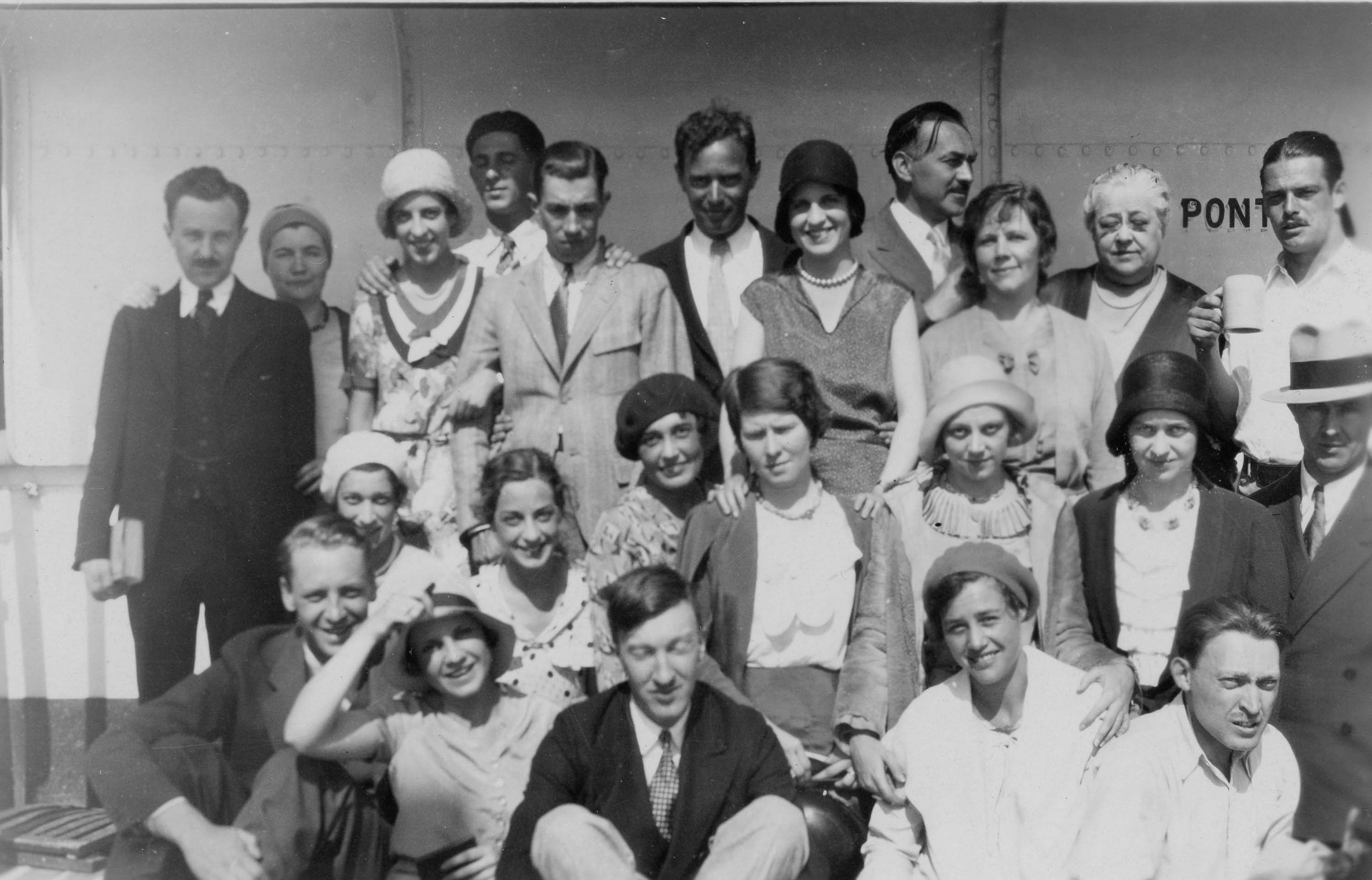
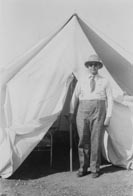
1921 marked a turning point for ASOR. The organization was incorporated in the United States and began to use the name The American Schools of Oriental Research. Our second center, the Baghdad School, opened in 1923. The 1920s saw many further developments. We designed our seal, the Sumerian dingir enclosed in the ankh, to represent the breadth of ASOR’s interests. In 1925, the main buildings of the Jerusalem headquarters were completed thanks to generous gifts from James and Jane Nies. Our affiliated excavations in the Levant and Iraq continued throughout the 1920s and 1930s, including excavations at Tel Beit Mirsim and Jerash and Nelson Glueck’s surveys of Jordan. In 1938 G. Ernest Wright launched The Biblical Archaeologist (now Near Eastern Archaeology). The outbreak of World War II and rising violence in the region forced ASOR to put programs on hold again in 1939.
Mid-Century
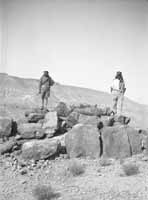
During the 1950s, ASOR helped sponsor digs in several areas of the Middle East, including Kathleen Kenyon’s dig at Jericho and the excavations of Nippur. During the Suez conflict in 1956, staff were evacuated from the Jerusalem School but returned soon thereafter. By 1958, ASOR scholars were involved in the long-term dig at Sardis.
Late Century
The Six-Day War in 1967 prompted the evacuation of the Jerusalem School once again. The war left the Jerusalem School under Israeli control, and the American Center of Oriental Research (ACOR) was founded in 1968 in Amman, Jordan, to allow American scholars access to other countries in the region. In 1970, the Jerusalem School was renamed the W. F. Albright Institute for Archaeological Research (AIAR), while ASOR took charge of publications and fundraising efforts in the U.S. The Baghdad School closed in 1969 due to hostility from the ruling Baath Party and became the Committee on Mesopotamian Civilization.
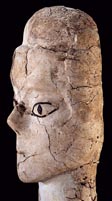
In 1985, Gary Rollefson recovered an important collection of 8,000 year old plaster figurines from ‘Ain Ghazal, Jordan, one of the largest Neolithic settlements in the Near East. A desire to promote our mission in Canada led to the founding of the CASOR in 1990. Meanwhile, the first Gulf War temporarily caused ACOR to close, while AIAR and CAARI limited their work. ASOR’s central office moved to Boston University in 1996, where we remained for 21 years. In 2019, ASOR purchased a building in Alexandria, VA, the James F. Strange Center, to serve as its new and permanent headquarters.
ASOR Today
ASOR has two affiliated overseas research centers, approximately 55 member institutions, and about 2,000 individual members. We communicate news of the latest research findings through our journals, books, lectures, and annual meeting. We award dozens of fellowships for fieldwork in the eastern Mediterranean annually. Today, we continue to build on more than a century of work and follow our historic mission of promoting scholarship on and understanding of the eastern Mediterranean and Near East. In 2021, the legal name of the organization was changed from “The American Schools of Oriental Research” to “The American Society of Overseas Research.”
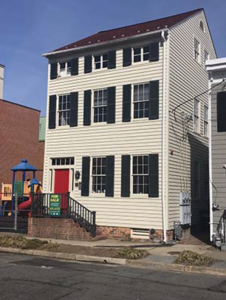
Learn more about the history of ASOR and American archaeology in the Near East in the ASOR Archives.
